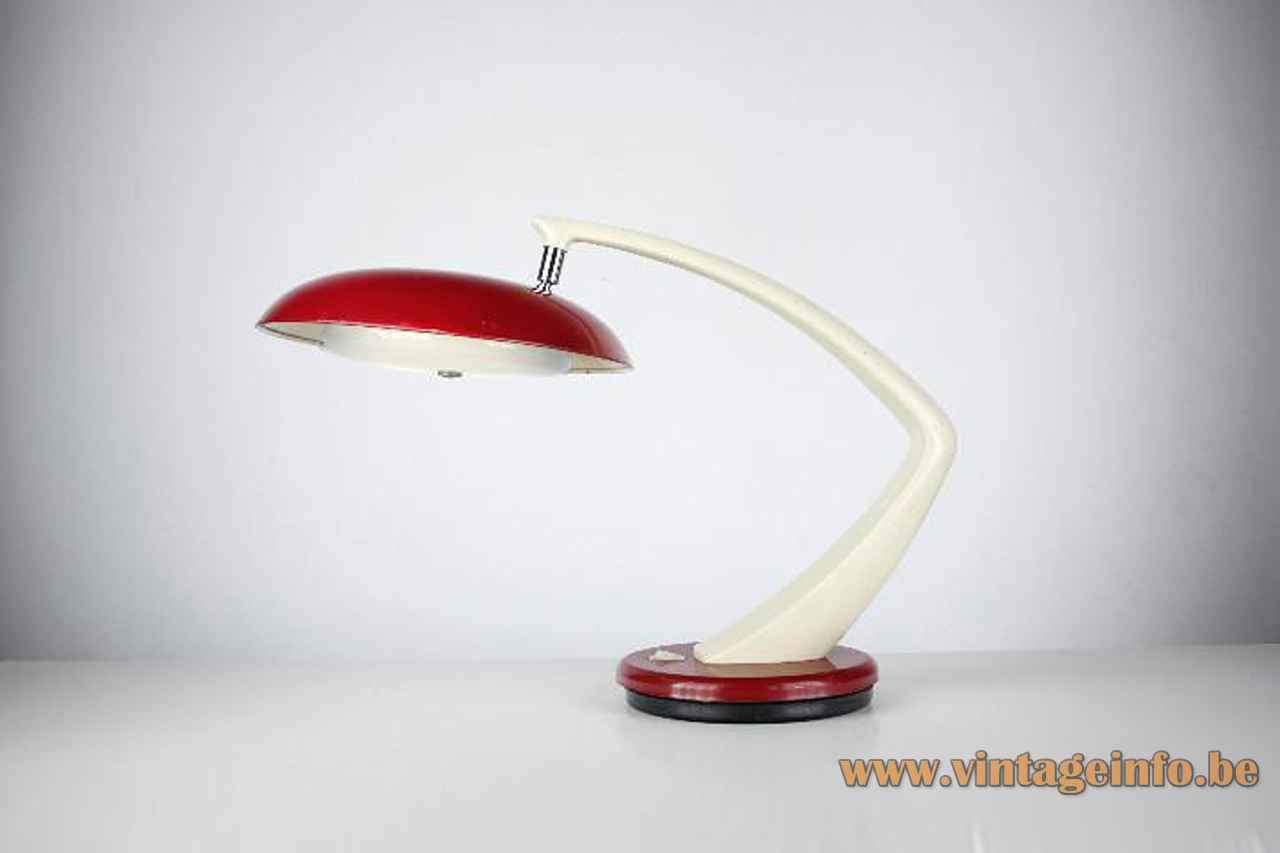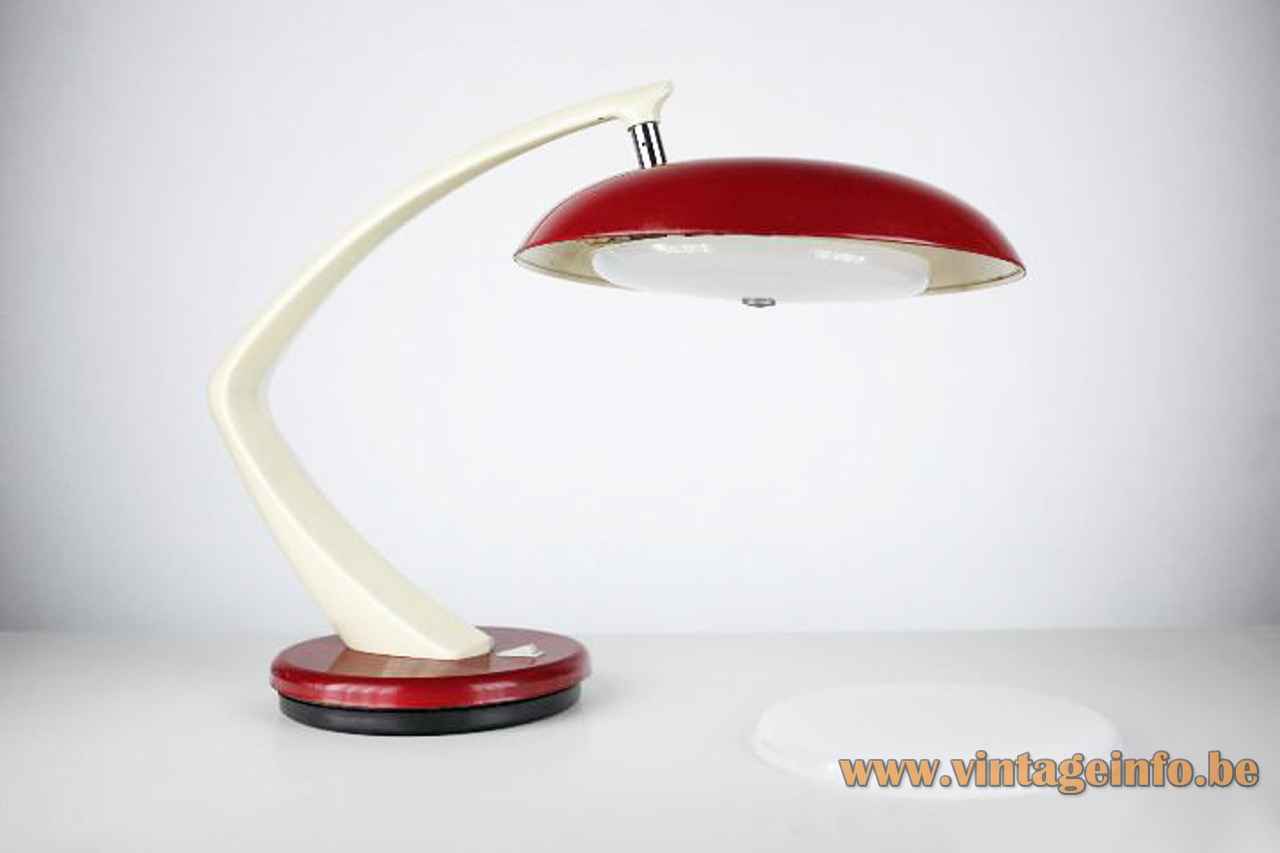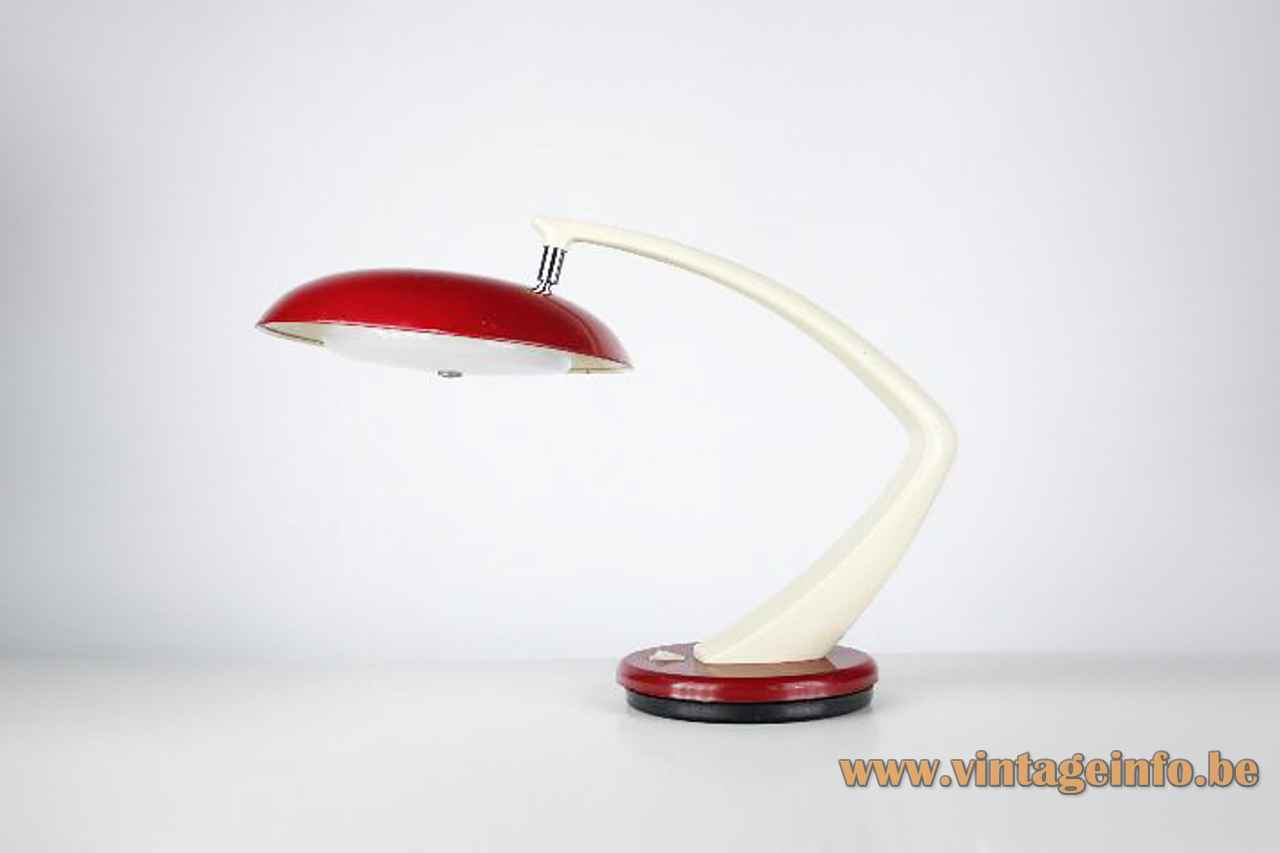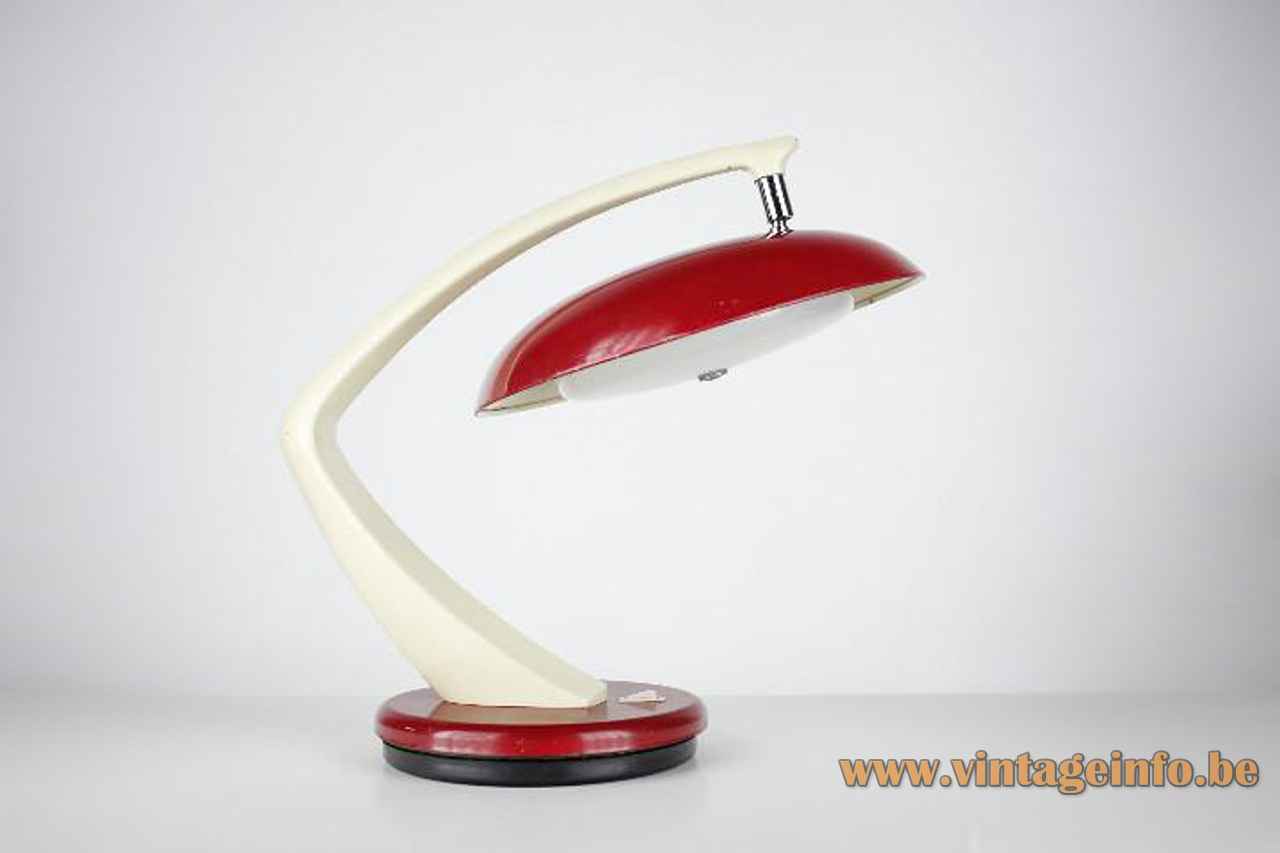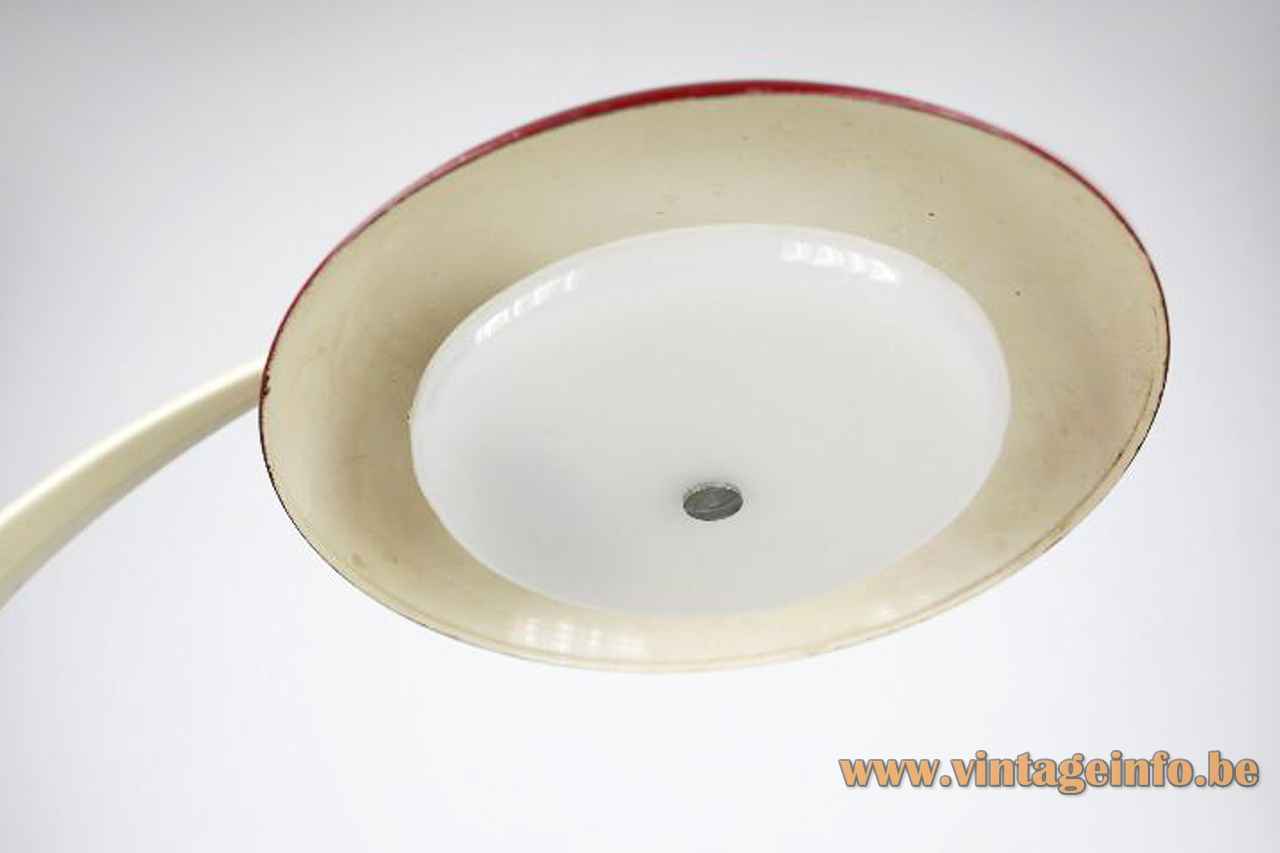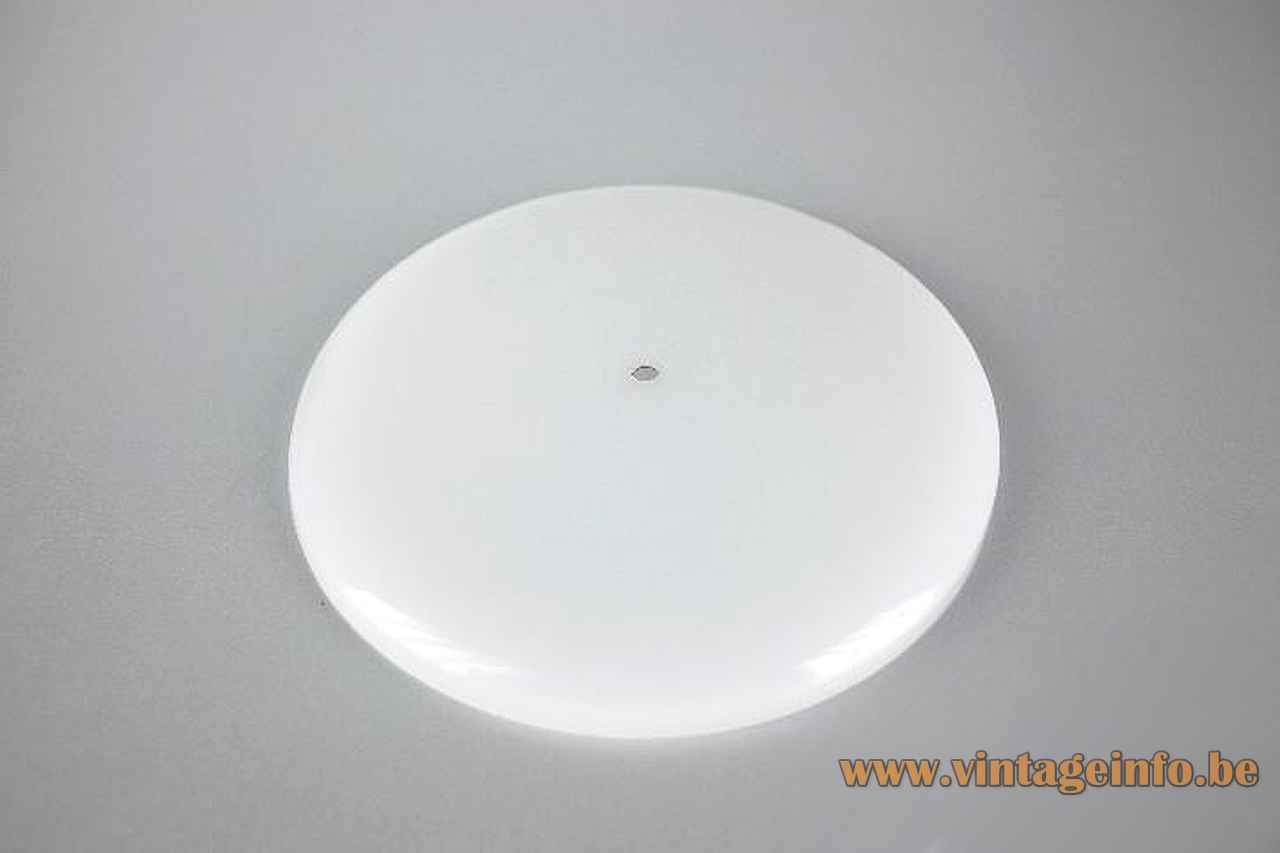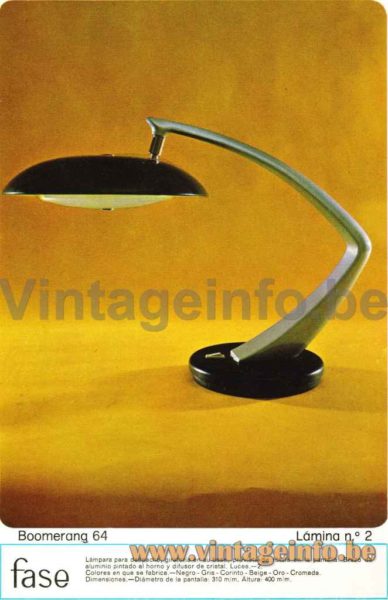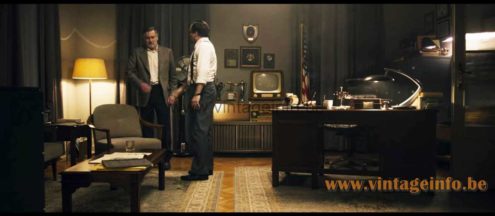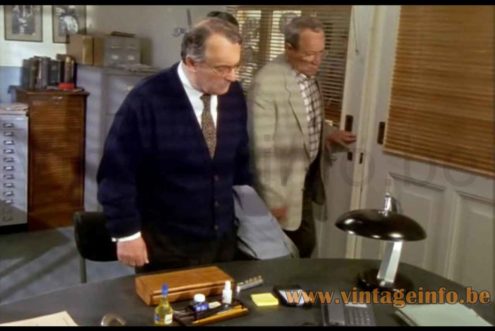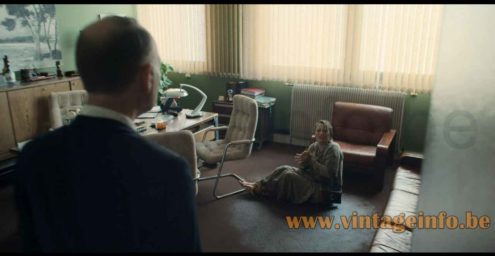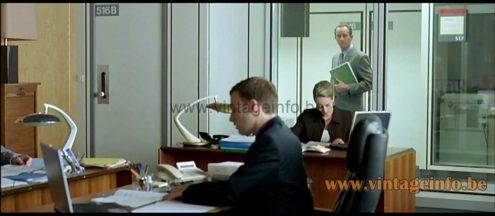Fase Boomerang 64 Desk Lamp – 1974 Catalogue Picture
Lamps in the movies
The Coldest Game (2019)
A Fase Boomerang 64 desk lamp was used as a prop in the 2019 Polish spy film The Coldest Game. Starring Bill Pullman, Lotte Verbeek and James Bloor. The movie is situated in 1962 during the Cuba missile crisis. Not only this lamp did not exist at that time, but it is also missing the glass diffuser below.
Stillwater (2021)
A Fase Boomerang 64 desk lamp was used as a prop in the 2021 American crime drama film Stillwater. Starring Matt Damon, Camille Cottin and Abigail Breslin.
Baantjer (1997)
A Fase Boomerang 64 desk lamp was used as a prop in the 1997 Dutch television crime series Baantjer. Here in episode 3, series 2. Starring Piet Römer, Victor Reinier and Martin Schwab.
Flashback (2021)
A Fase Boomerang 64 desk lamp was used as a prop in the 2021 French time travel comedy film Flashback. Starring Caroline Vigneaux, Sophia Aram and Suzanne Clément.
Fase Boomerang 64 Desk Lamp
Materials: Red painted round metal base with a rectangular built-in switch. Black metal bottom. Cast iron counterweight inside. White painted curved arm, boomerang style. Adjustable red painted round lampshade. Round acrylic diffuser underneath the UFO style lampshade. Chrome ornamental screw. Some metal parts. 2 Bakelite E27 sockets.
Height: 42 cm / 16.53”
Lampshade: ∅ 31 cm / 12.20”
Base: ∅ 21 cm / 8.26”
Electricity: 2 bulbs E27, 2 x 60 watt maximum, 110/220 volt.
Any type of light bulb can be used, not a specific one preferred.
Period: 1960s, 1970s – Mid-Century Modern.
Designer: Luis Perez de la Oliva.
Manufacturer: Fase, Torrejón de Ardoz, Madrid, Spain.
Other versions: This Fase Boomerang 64 desk lamp exists in several colours. Also a version with 1 light bulb exists. A version with a switch on cord and without a diffuser was also made. They are all named Boomerang 64. Fase produced many lamps in this style. The Fase Boomerang 2000 desk lamp can be found over here.
In Germany Boomerang lamps were sold by Hustadt-Leuchten. Maybe they also sold other Fase lamps. To be continued.
Fase
The Fase company was founded by self-made man Pedro García Martin and designer Luis Pérez de la Oliva.
The Boomerang 64 lamp was one of their first designs in 1964. Initially they sold their self-produced lamps to the markets in and around the capital Madrid before successfully opening a factory in Torrejón de Ardoz on the outskirts of the city.
They produced mainly lamps, but also ashtrays and other products such as office bins and coat racks.
Fase supplied many lamps to the offices of General Franco‘s dictatorial government and the Guardia Civil, some sort of military police. From 1975 on, after the death of Franco and the end of the regime, Fase started with Italian Modern and Bauhaus-inspired designs. The Spaniards were unfamiliar with this design because of the Franco regime that ruled the country with an iron fist and allowed few foreign influences.
During the 70s Fase exported lamps to Belgium, The Netherlands, Luxembourg, Great Britain, Norway, France, Italy, Germany, Portugal, United Arab Emirates, Japan, Hong Kong, Morocco, the United States and Canada. In total in more than 32 countries.
The 1980s
In the 1980s Fase jumped on the bandwagon of the halogen lighting. The break with tradition proved unsuccessful and ultimately contributed to the end of the business. A large fine of the Treasury in the early nineties for tax irregularities was the end for Fase. The company was officially dissolved in 1996.
Drowned, the company sold its manufacturing license to a German brand, Ma-Of, which slightly modified the original design by adding more chrome. Before these final death rattles, the partners had already separated. GEI (Gabinete Estudios Industriales – Cabinet Industrial Studies) was another company that sold similar lamps. Also Massive from Belgium produced a few lamps in this style.
When the company stopped producing them abruptly, there was a lot of ‘stock’ available in the warehouses. That’s why you find relatively many lamps with a label attached. Many lamps are sold new and never used in the box (NOS – New Old Stock).
Designers who have worked for the company include: Gabriel Teixidó. He designed the Iberia and Meca series and Tomás Díaz Magro, responsible for the Apolo, Minifase and Impala lamps. The most productive was Luis Pérez de la Oliva, who designed the majority of the Fase lamps.
Fase also sold lamps made by others such as the Yamada Shomei ‘Manon’ table lamp from Japan. You can find it over here on Vintageinfo. The Prisma table lamp was produced in Italy by F.A.A.I. Arredo. Also the Sinus stacking ashtray made by Helit from Germany. A design by Walter Zeischegg from 1967. You can find it here in the MoMA, New York. Fase also sold lamps from other companies.
LUPELA
LUPELA was founded by LUis PErez L’Anzas (acronym of “lupela”). Luis had two sons: Fernando Perez de la Oliva, who later registered the LUPELA trademark, and Luis Pérez de la Oliva, who founded Fase, together with Pedro Martin. Fernando bought the production rights for 5 lamps by designer Jose Luis Gugel Sacha: the Reina, Cobra, Cisne and models 225 and 226. He agreed with his brother Luis that Fase would not produce articulated lamps. They did not keep to the agreement and Fase designed and produced many lamps inspired by LUPELA models.
Lamps in the movies
Du Jour au Lendemain (2006)
Several Fase Boomerang 64 desk lamps were used as a prop in the 2006 French comedy film Du Jour au Lendemain (Overnight). Starring Benoît Poelvoorde, Bernard Bloch and Anne Consigny.
Links (external links open in a new window)
Guardia Civil – Civil Guard – Wikipedia
Du Jour au Lendemain (2006) film – IMDb
The Coldest Game (2019) film – Wikipedia
The Coldest Game (2019) film – IMDb
Stillwater (2021) film – Wikipedia
Baantjer (1995 – 2006) TV series – Wikipedia
Baantjer (1995 – 2006) TV series – IMDb
Flashback (2021) film – Wikipedia
Vintageinfo
Many thanks to Lluís from Eclectique Vintage for the photos and the enthusiasm.
Many thanks to Koen for the Baantjer picture. You can find his Instagram account over here.
